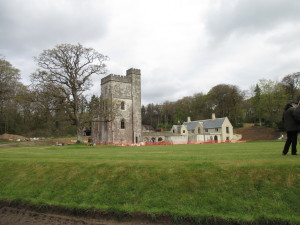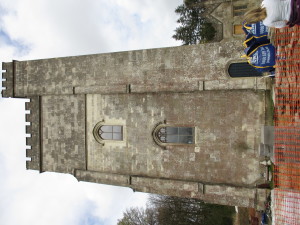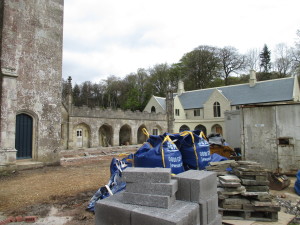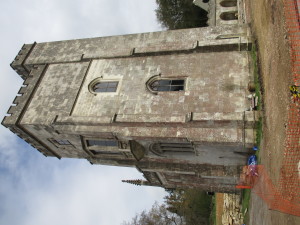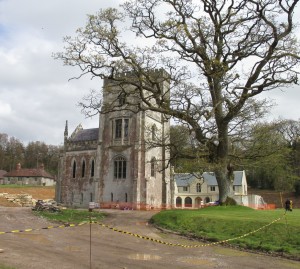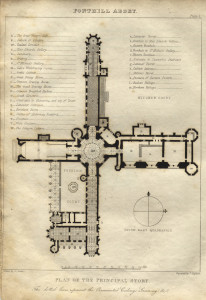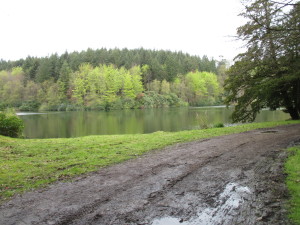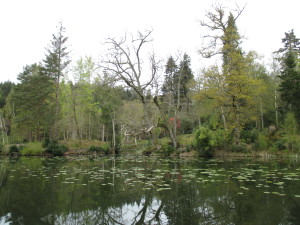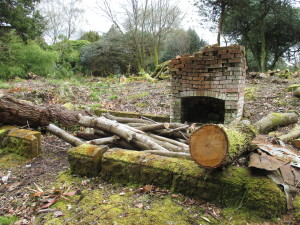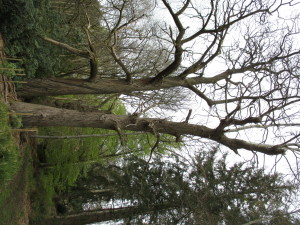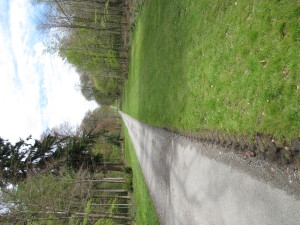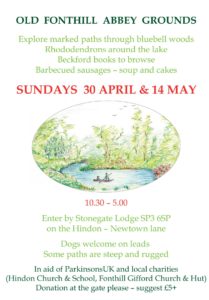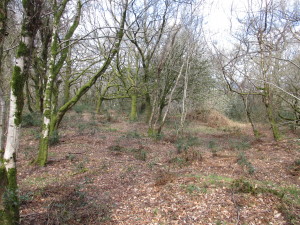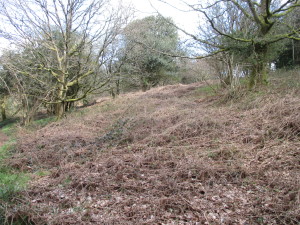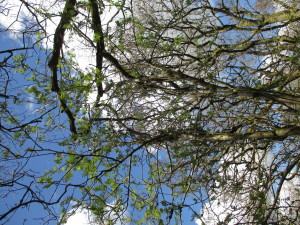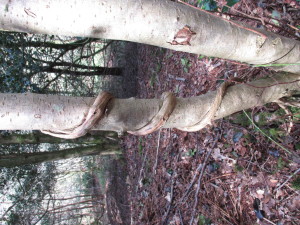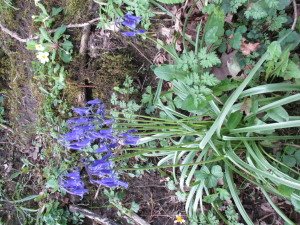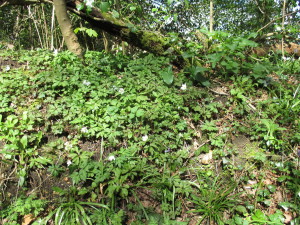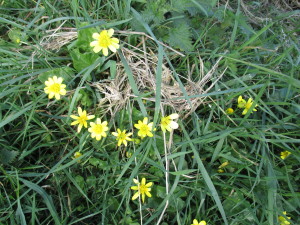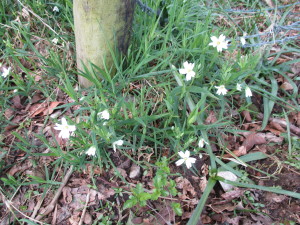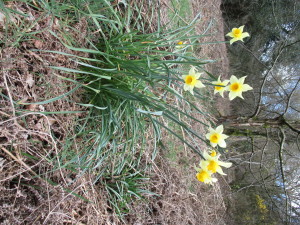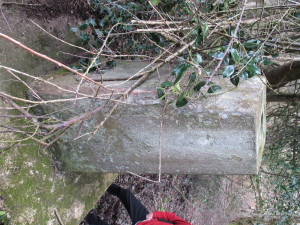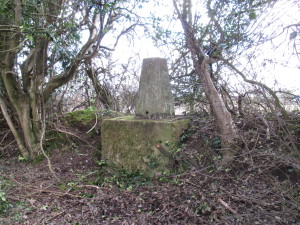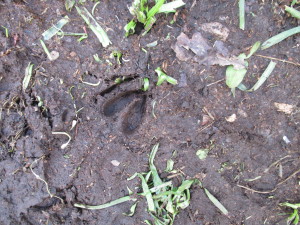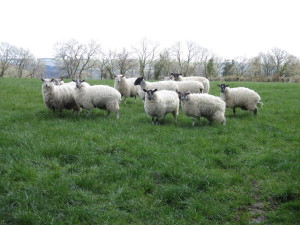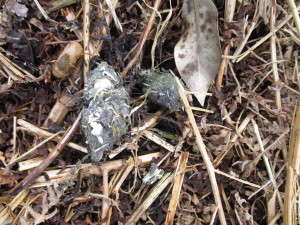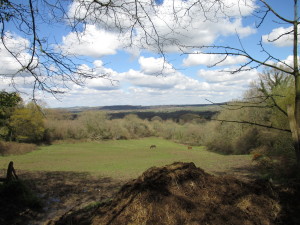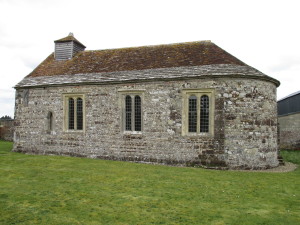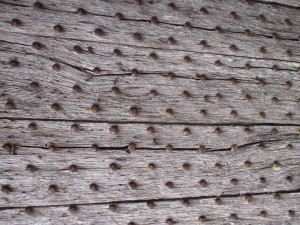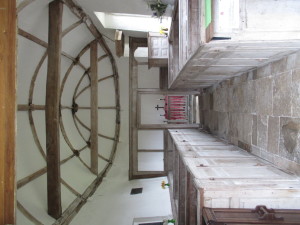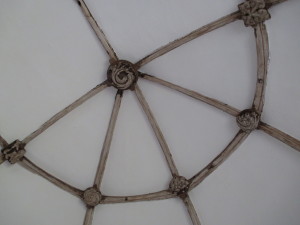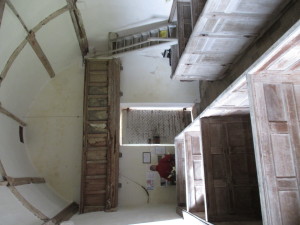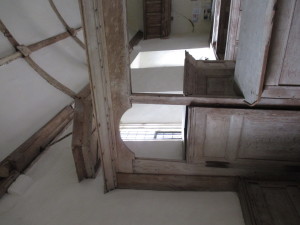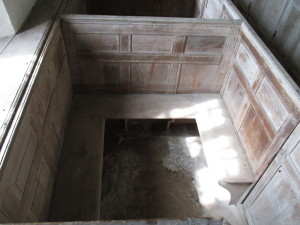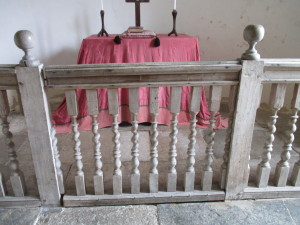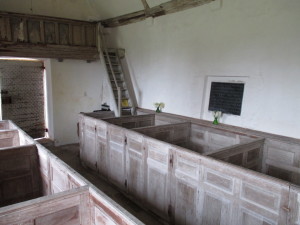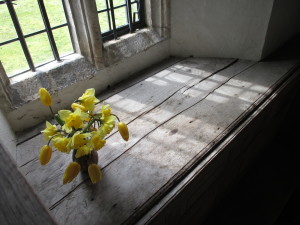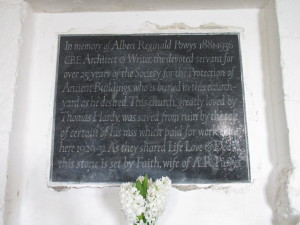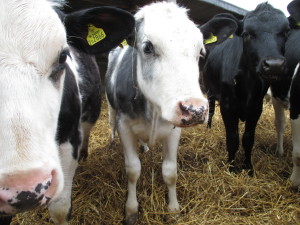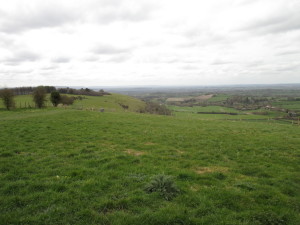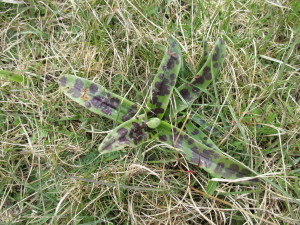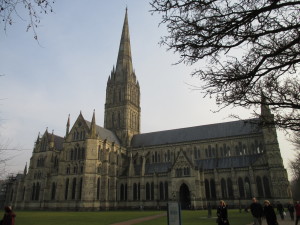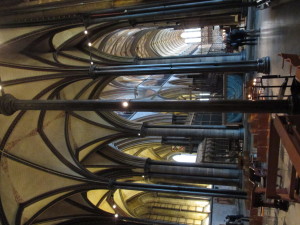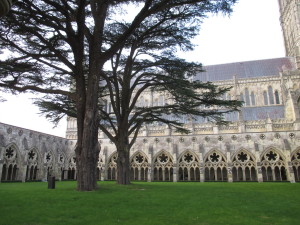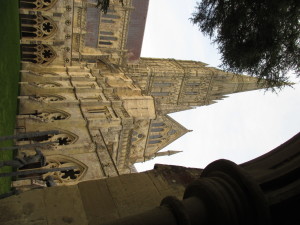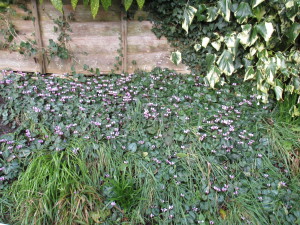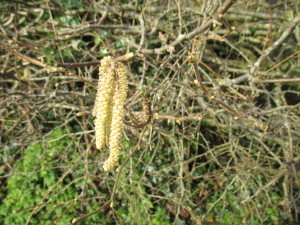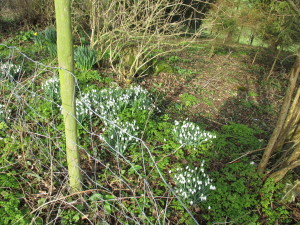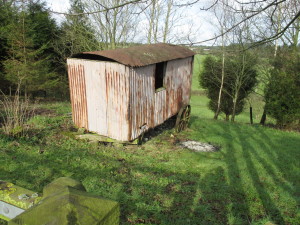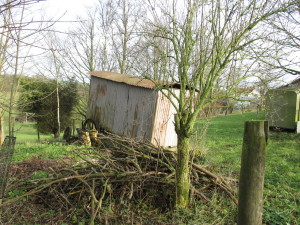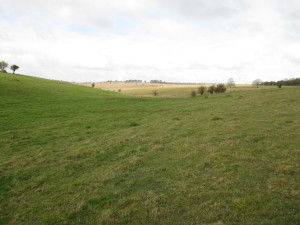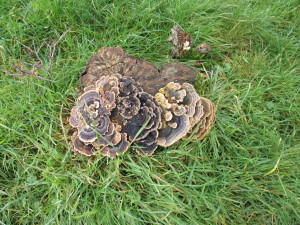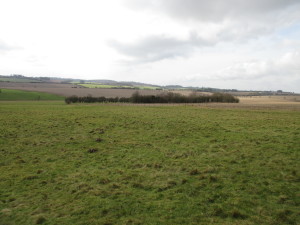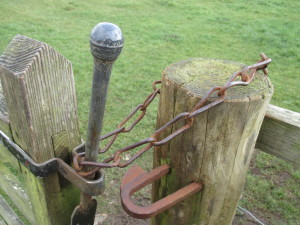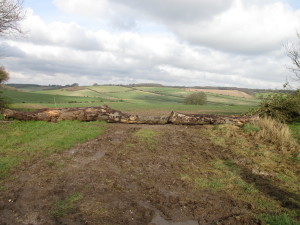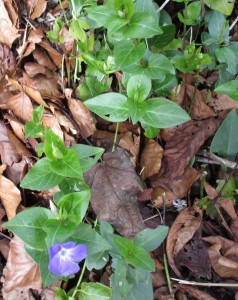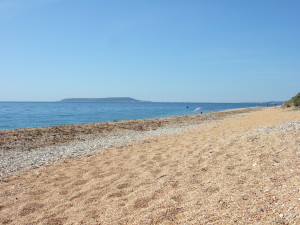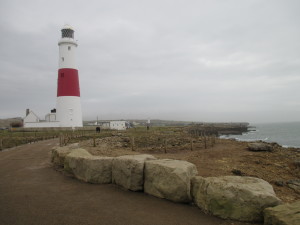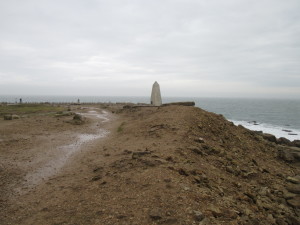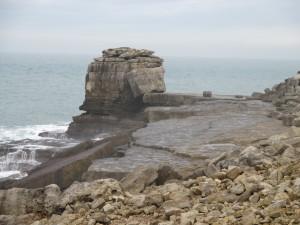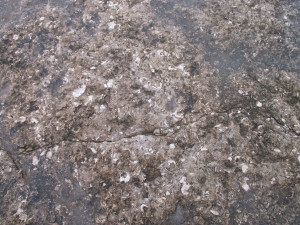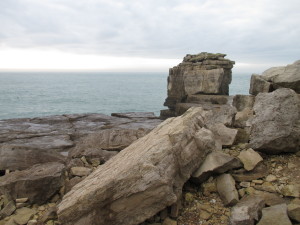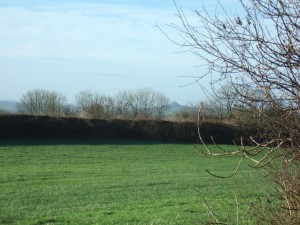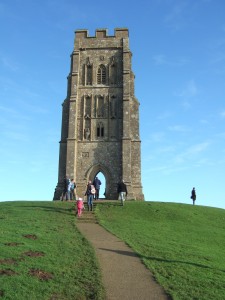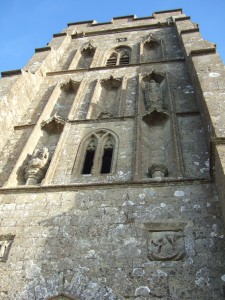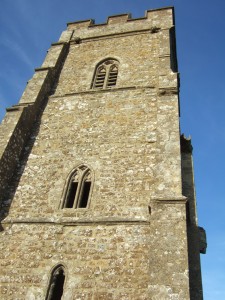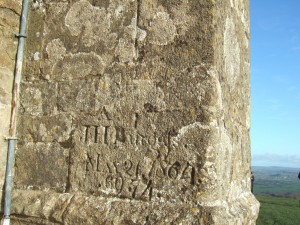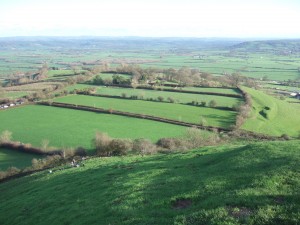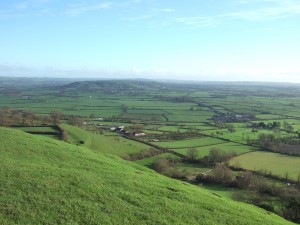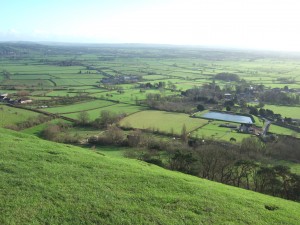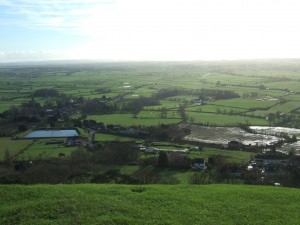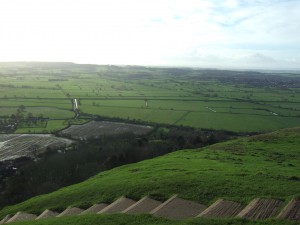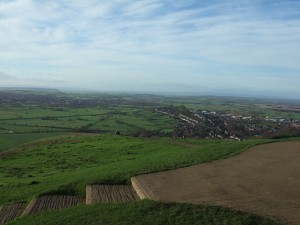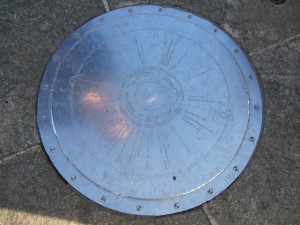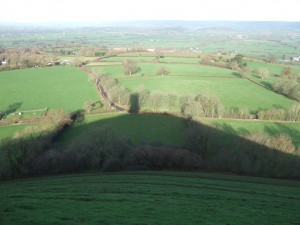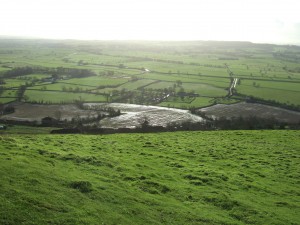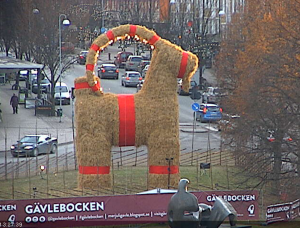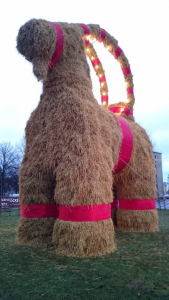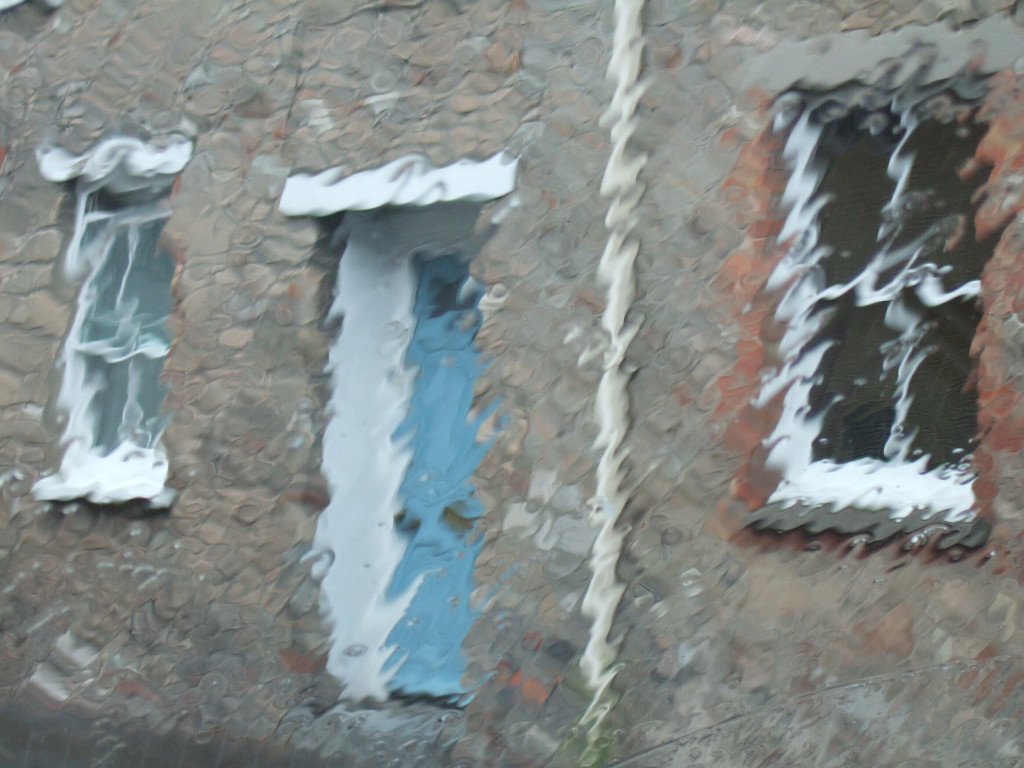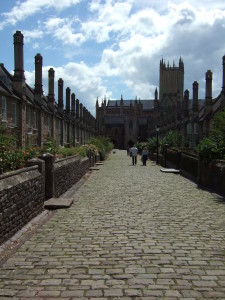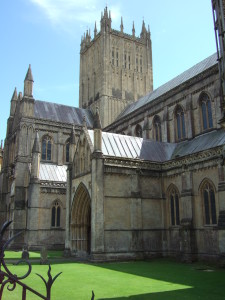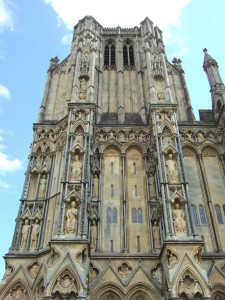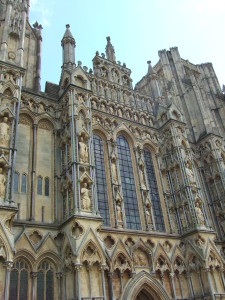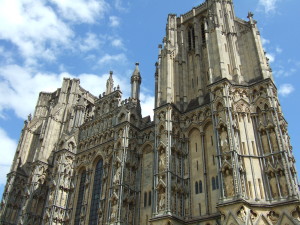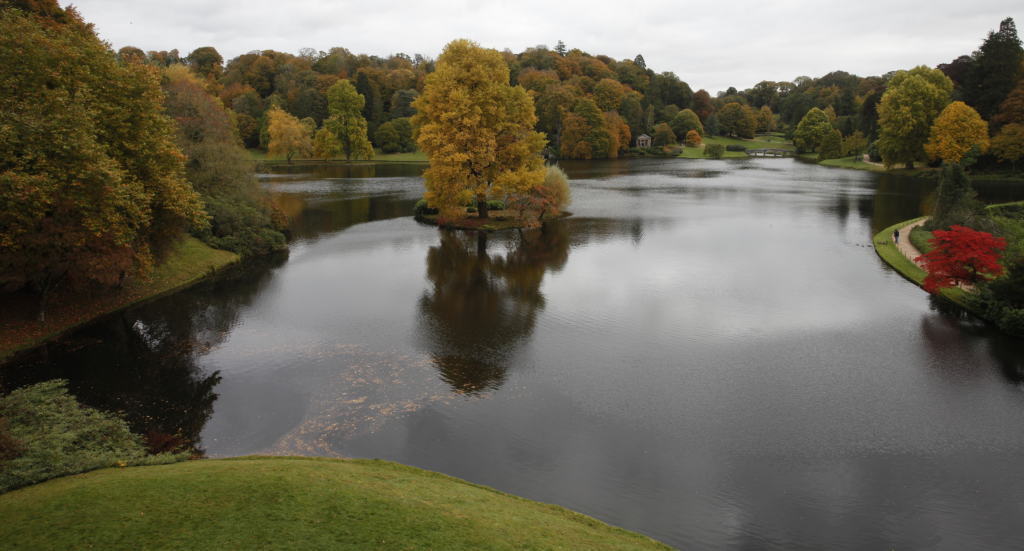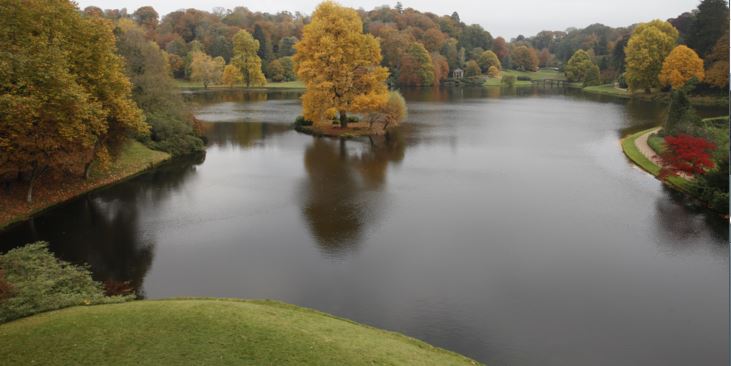2019 UPDATE: The walks will take place this year on Sunday 5 May 2019 and Sunday 19 May 2019. 10.30-5.00, entry by Stonegate Lodge, SP3 6SP on the Hindon-Newtown lane. Dogs welcome on leads; some paths are steep and rugged. The walks must close in high winds. Beckford books to browse, and cakes, soup and barbecued sausages are available to buy. Donations at the gate, suggested £5+, and the proceeds will again go to Parkinsons UK and local charities. Hearty thanks to the owners Stephen and Bonnie Morant of Old Fonthill Abbey for their kindness in opening the grounds to the public.
Yesterday was May Day, and despite the cold, grey weather we headed out for a walk round a small part of the 9,000 acre historic Fonthill Estate in south-west Wiltshire. The grounds of the Fonthill Estate are notably lacking in public rights of way. The ruins of the fabulous Fonthill Abbey are no longer part of the estate and are also not normally inaccessible, a rare open day for charity yesterday gave us the chance to have a good old snoop (plus a lovely walk).
I’ve written before about Fonthill and its Abbey, built by the notorious William Beckford between 1796 and 1813, and very shortlived: due to its hasty and poor-quality construction, it fell down (for the final time) in 1825 and was later all-but demolished, apart from a part of the north wing.
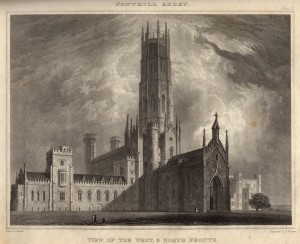
Fonthill Abbey: View of the west and north fronts from John Rutter’s Delineations of Fonthill (1823). All that remains is the part on the left hand side of the engraving: the low tower with the oriel window and everything to the left of it.
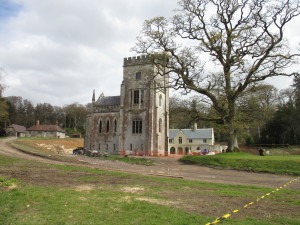
Fonthill Abbey ruins: all that remains, part of the north wing. A modern house has been built in the last year behind it and attached to some of the original cloisters / arcading.
It looks like the building work has mainly been completed, with just the hard landscaping (laying of flags etc) to be finished.
We walked around Bitham Lake, the smaller of the two lakes on the estate:
There is another open day on Sunday 15 May 2016, from 10.30-5.00. Entry is via Stonegate Lodge (SP3 6SP) on the Hindon-Newtown Lane (Grid ref 390900 130650). Donations at the gate: all proceeds go to ParkinsonsUK and local charities.
2017 UPDATE: The walks take place this year on Sunday 30 April 2017 and Sunday 14 May 2017 (click photo below to embiggen/bigify for details):
2018 UPDATE: The walks will take place this year on Sunday 6 May 2018 and Sunday 20 May 2018. Donations at the gate, and the proceeds will again go to Parkinsons UK and local charities. Hearty thanks to the owners Stephen and Bonnie Morant of Old Fonthill Abbey for their kindness in opening the grounds to the public.
